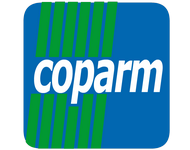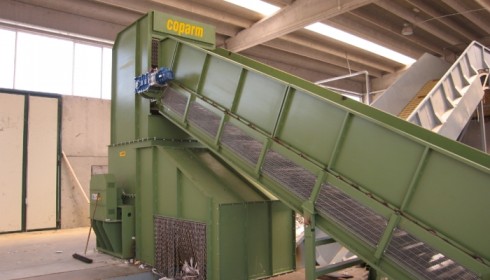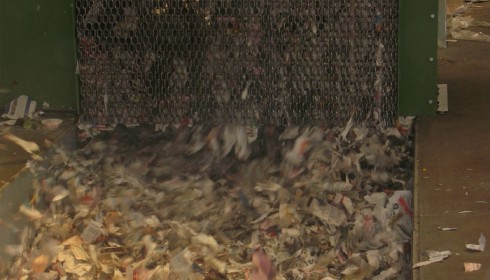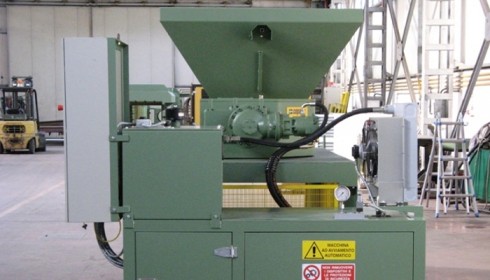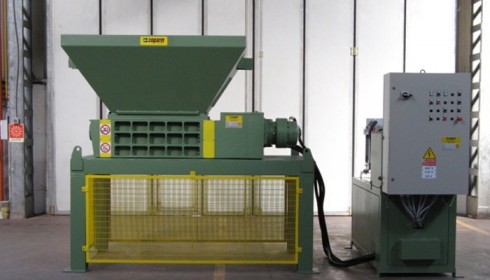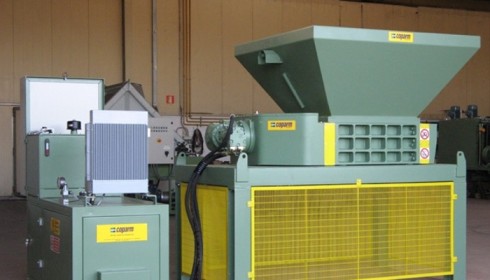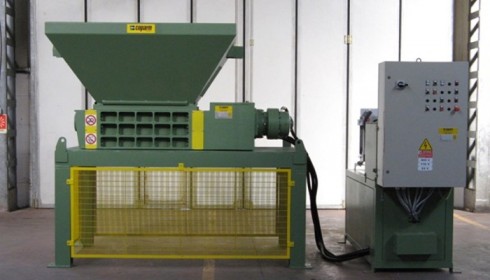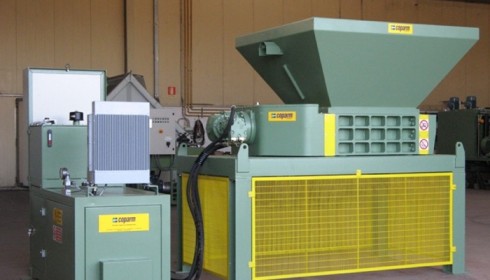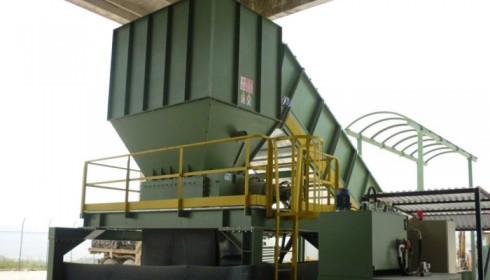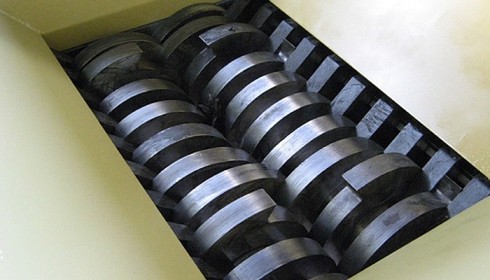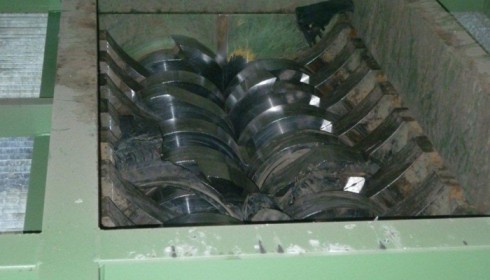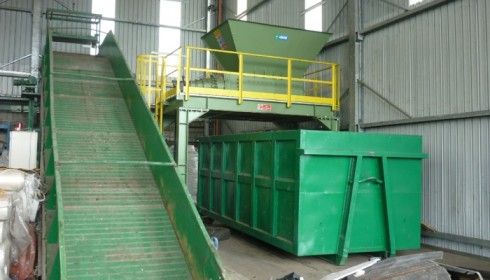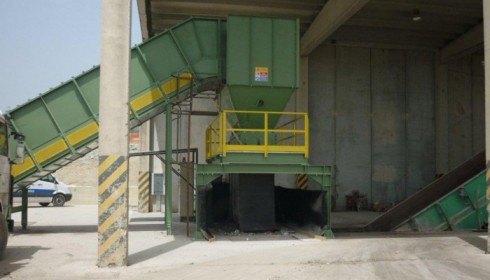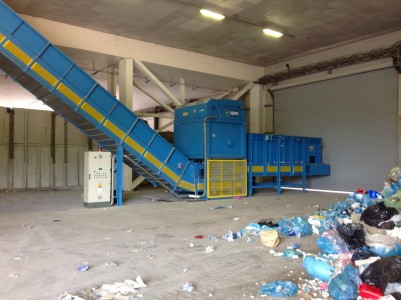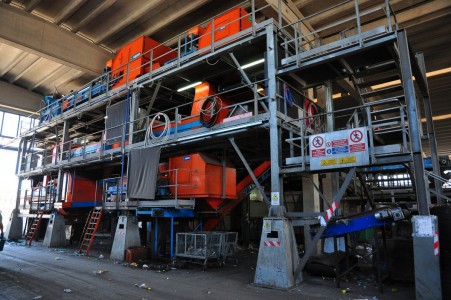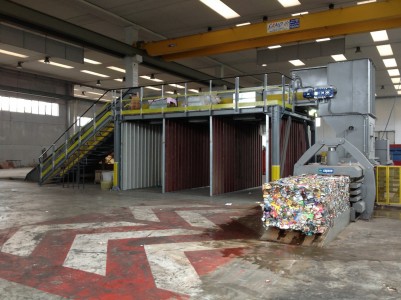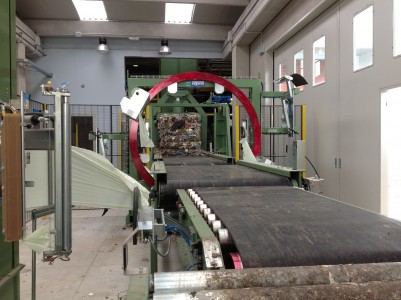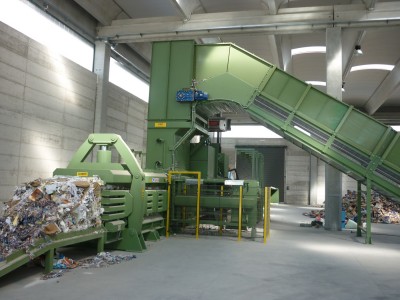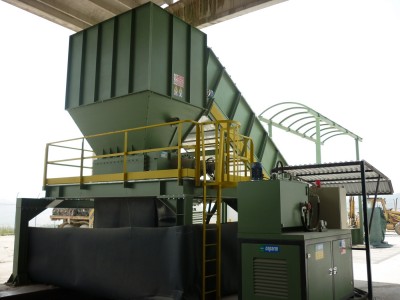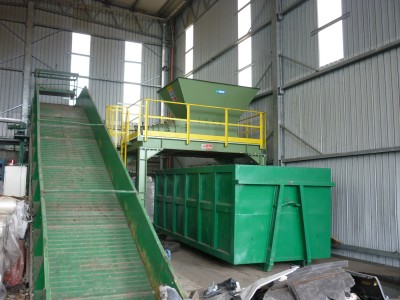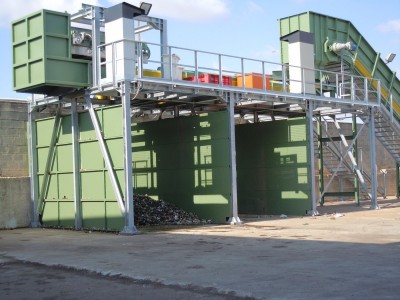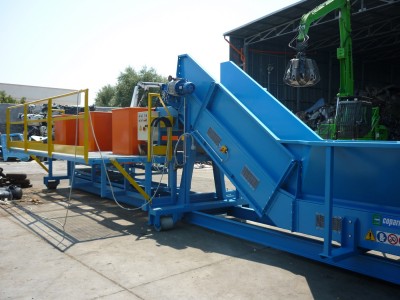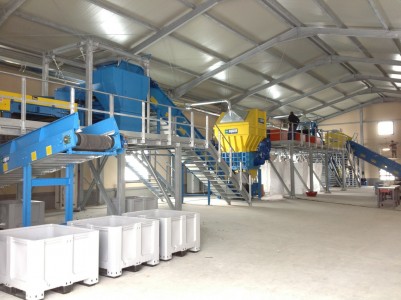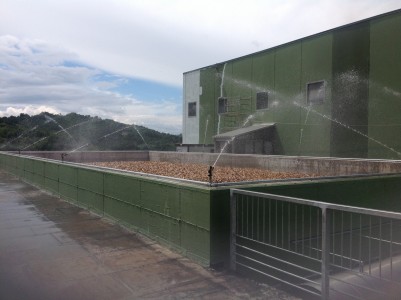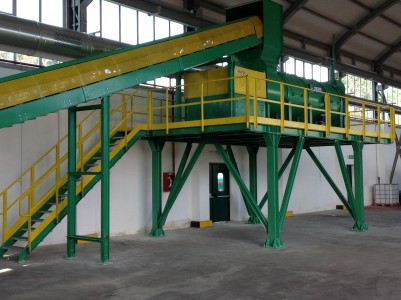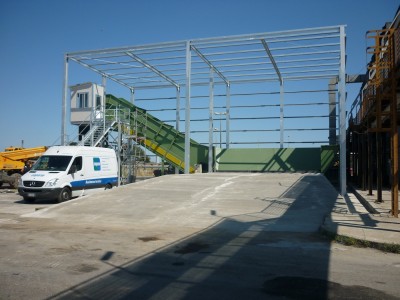A wide range of shredders for waste and industrial shredders, entirely designed and manufactured in our plants, for multiple applications:
Shredders for waste
Shredders for plastic
Shredders for tires
Paper grinders
Shredders for wood
Shredders for electric cables
Shredders for special materials
Shredders for natural or synthetic fibers
Shredding systems of wood and wood waste
Designed for use also very intensive, they are made with very high quality components: from special steel blades, up to the grids with anti-wear treatments which allow a drastic reduction of maintenance interventions. All Coparm shredders are the result of many years of experience and the result of design with the best technology. The shredders are built tough and their life cycle is longer thanks to features such as cooling systems and inverters.
The configurations of shredders vary in power of the motors, which are dimensioned according to the materials to be shredded, for type and extent of cutting edges, for weight and dimensions. For information and details, please consult the data sheet for each single shredder.
Shredders have easy maintenance, nevertheless Coparm provides after-sales service and advice on all crushing plants sold. Done for a high hourly production, grind easily bundled material of great thickness and volume, and fascias such as reams of paper, newspapers in strapped logs, books, telephone books and even picture of paper reels. To meet the international standards, on request, all our shredders can be efficiently with soundproofing system dust suppression.
The classification grids to hydraulic mining and easily replaceable, have different light passing depending on the security needs of the customer.
Shredding of waste similar industrial and commercial, general waste, bulky waste, logs, waste wood, demolition wood, organic material, pallets, twigs and pruning
The processing of scrap metal is strongly related to steelworks and, therefore, it becomes fundamental to deliver uniform material with a high specific weight. Coparm shredders for waste are perfect parallel to shearing machines for volume reduction, hence qualifying the material as shovelable, but are also applicable upstream of the hammer mills, facilitating the work in terms of safety, wear and electricity consumption.
Metal sorting
Customers are demanding increased quality outputs in scrap metal and secondary raw materials. Many conventional metal sorting and treatment plants are not equipped to deal with the higher metal sorting demands – Coparm helps to sort scrap metals out of waste.
Valuable scrap metals materials are often lost in the residual waste stream or product qualities are insufficient to generate the necessary added value.
In addition, more and more countries have legislation in place that makes the processing of materials, the sorting of scrap metal and the recovery of valueables mandatory in order to allow easy disposal of residual materials.
Ash sorting
The sorting of ash from secondary processes like incineration aims at recovering non-ferrous metals and stainless steels.
Electronic scrap sorting
The recycling of disused and obsolete electrical and electronic equipment is gaining more and more importance world-wide.
Electronic scrap recycling is secured by EU-wide legal regulations – the WEEE Directive (RL 2002/96/EC) demanding separated return and recycling of disused electrical equipment. In order to ensure safe electronic scrap recycling, more and more countries now ratify the European legislative proposals. In addition, the global demand for high-quality secondary raw material is another incentive for high quality electronic scrap recycling.
With the advent of smartphones and tablet computers as well as PCs becoming cheaper to produce and to buy, electronic scrap recycling is growing at a fast rate. In the EU alone, experts estimate that will be over 8 million tons of disused equipment in 2010, and this number is increasing every year.
From printers to computers, games consoles to tablets Waste Electronic Equipment contains a lot of valuable materials like stainless steel, aluminium, gold, silver, indium or platinum and electronic scrap recycling ensures that they don’t go to waste.
Waste electrical equipment is an incredibly rewarding source of raw materials. In Waste electrical equipment, up to hundreds of times more precious metals can be found per ton of material than in the primary source of raw material, ore. The goal for Coparm and the industry as a whole is to utilise electronic scrap recycling and sort out pollutants on one hand and profitable components in high purity on the other. For electronic recycling purposes, the EU classifies WЕЕЕ into 10 categories. After separate collection of TVs, fridges and so on, they are processed and sorted in electronic scrap recycling systems.
Wire recovering
Cable materials were often lost in the treatment and sorting processes available till now, which meant a financial loss due to the high proportion of copper they contain. New sorting technologies such as the Coparm finder are now capable of detecting these cables.
A good example of a high-quality product is copper wiring and insulated cables stemming from various treatment processes. Secondary copper smelting plants and cable treatment companies require high-quality input in order to work efficiently. Previously untapped sources of copper in the form of insulated copper cables were residual fractions from treatment processes or hand sorting of fractions such as:
Heavy shredder fraction (from ELV)
Light shredder fraction
E-scrap/ WEEE
Residual materials and metal product from swim-sink plants
The combination of two Coparm sorting technologies finally led to the development of the Coparm finder Poly. The device is equipped with both sensor technologies. The newly developed sensor technology and the SUPPIXX® image processing make it possible to detect and separate even the smallest of metal particles.
The two signals are combined and processed to produce one statement. This makes it possible to generate a “cable signal” from the metal signal of the inductive sensor and the polymer signal of the NIR sensor.
Recently it has become possible to separate metals and copper cables. Previously, cable materials were often lost in the treatment and sorting process. This meant a financial loss due to the high proportion of copper they contain. New sorting technologies such as the Coparm Finder and the Coparm Finder Poly are now capable of detecting these cables, transferring them to a metal product and then finally sorting them in a further step into a cable fraction of outstanding purity.
Non ferrous metals sorting
Coparm can help you sort the value out of Post Shredder & Non Ferrous Metals.
Systems for the treatment of metal scraps
Years of experience have led to the Coparm solutions for the treatment of scrap metal (ferrous and non-ferrous), allowing us to provide our clients with answers to suit any requirement.
Our offers range from the simple reduction in volume through the rotating shears shredders (THOR and THANIT), which can process up to 30 tonnes of material, to the more sophisticated processes of material separation (ferrous and non-ferrous) and their cleaning (paint removal) for a maximum foundry classification yield.
